Increased Focus on Cybersecurity
The heightened emphasis on cybersecurity is a critical driver for the Thin Client Market. As cyber threats become more sophisticated, organizations are compelled to adopt solutions that enhance data security. Thin clients, which store minimal data locally and rely on centralized servers for processing, inherently reduce the risk of data breaches. This architecture allows for more robust security measures to be implemented at the server level, making thin clients an attractive option for businesses concerned about data protection. Recent statistics indicate that The Thin Client is projected to reach over 300 billion dollars by 2025, underscoring the importance of secure computing solutions. Consequently, the Thin Client Market is likely to benefit from this trend as organizations prioritize secure access to sensitive information.
Rising Demand for Remote Work Solutions
The Thin Client Market experiences a notable surge in demand for remote work solutions. As organizations increasingly adopt flexible work arrangements, the need for secure and efficient access to corporate resources from various locations becomes paramount. Thin clients, with their centralized management and reduced hardware requirements, offer an appealing solution. According to recent data, the market for thin clients is projected to grow at a compound annual growth rate of approximately 5.2 percent over the next five years. This trend indicates a shift towards more streamlined IT infrastructures, where thin clients play a crucial role in enabling remote work while maintaining security and performance. Consequently, the Thin Client Market is likely to see sustained growth as businesses prioritize remote access capabilities.
Environmental Sustainability Initiatives
The growing emphasis on environmental sustainability is increasingly influencing the Thin Client Market. Organizations are becoming more aware of their carbon footprints and are actively seeking solutions that align with sustainability goals. Thin clients, known for their energy efficiency and lower resource consumption, present a viable option for companies aiming to reduce their environmental impact. Studies indicate that thin clients consume significantly less power than traditional desktop computers, which can lead to substantial energy savings over time. As businesses implement green initiatives, the demand for energy-efficient computing solutions is likely to rise. This trend not only supports corporate social responsibility efforts but also positions the Thin Client Market favorably in a landscape that prioritizes sustainability.
Cost Efficiency and Reduced Total Cost of Ownership
Cost efficiency remains a pivotal driver in the Thin Client Market. Organizations are increasingly seeking ways to minimize their total cost of ownership (TCO) while maximizing productivity. Thin clients typically have lower upfront costs compared to traditional PCs, and their energy-efficient design contributes to reduced operational expenses. Furthermore, the centralized management of thin clients simplifies IT support and maintenance, leading to additional cost savings. Data suggests that businesses can save up to 30 percent on IT costs by transitioning to thin client solutions. This financial incentive is particularly appealing for small to medium-sized enterprises looking to optimize their budgets. As a result, the Thin Client Market is poised for growth as more organizations recognize the long-term financial benefits of adopting thin client technology.
Integration with Virtual Desktop Infrastructure (VDI)
The integration of thin clients with Virtual Desktop Infrastructure (VDI) is a significant driver in the Thin Client Market. VDI allows users to access desktop environments hosted on centralized servers, enhancing security and manageability. As organizations seek to optimize their IT resources, the adoption of VDI solutions is on the rise. Reports suggest that the VDI market is expected to expand at a rate of around 6.5 percent annually, which directly influences the demand for thin clients. These devices are ideally suited for VDI environments, as they require minimal local processing power and can efficiently connect to virtual desktops. This synergy between thin clients and VDI not only improves operational efficiency but also reduces costs associated with hardware maintenance and upgrades, thereby propelling the Thin Client Market forward.

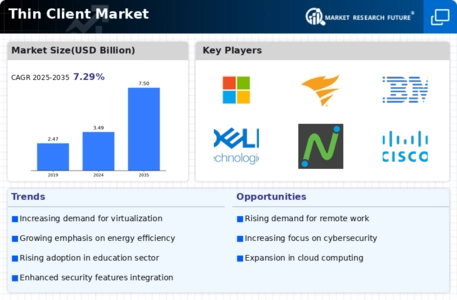
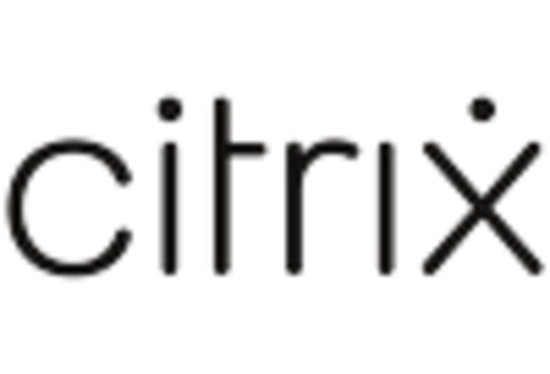

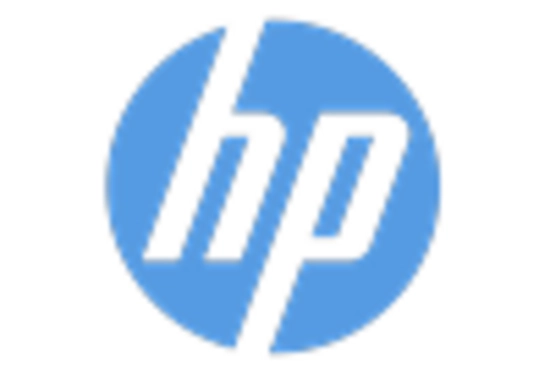
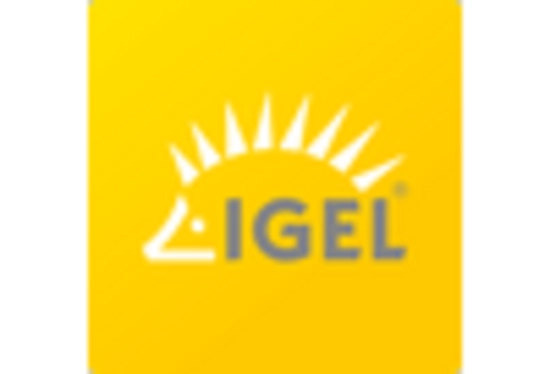

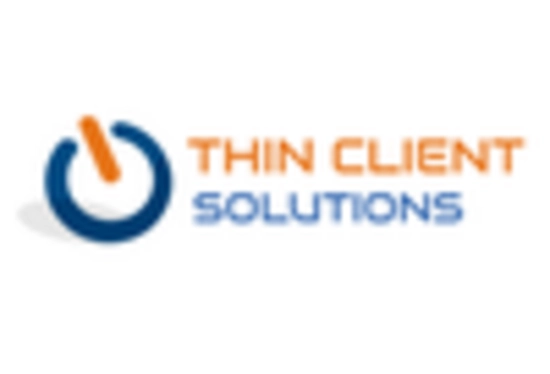








Leave a Comment